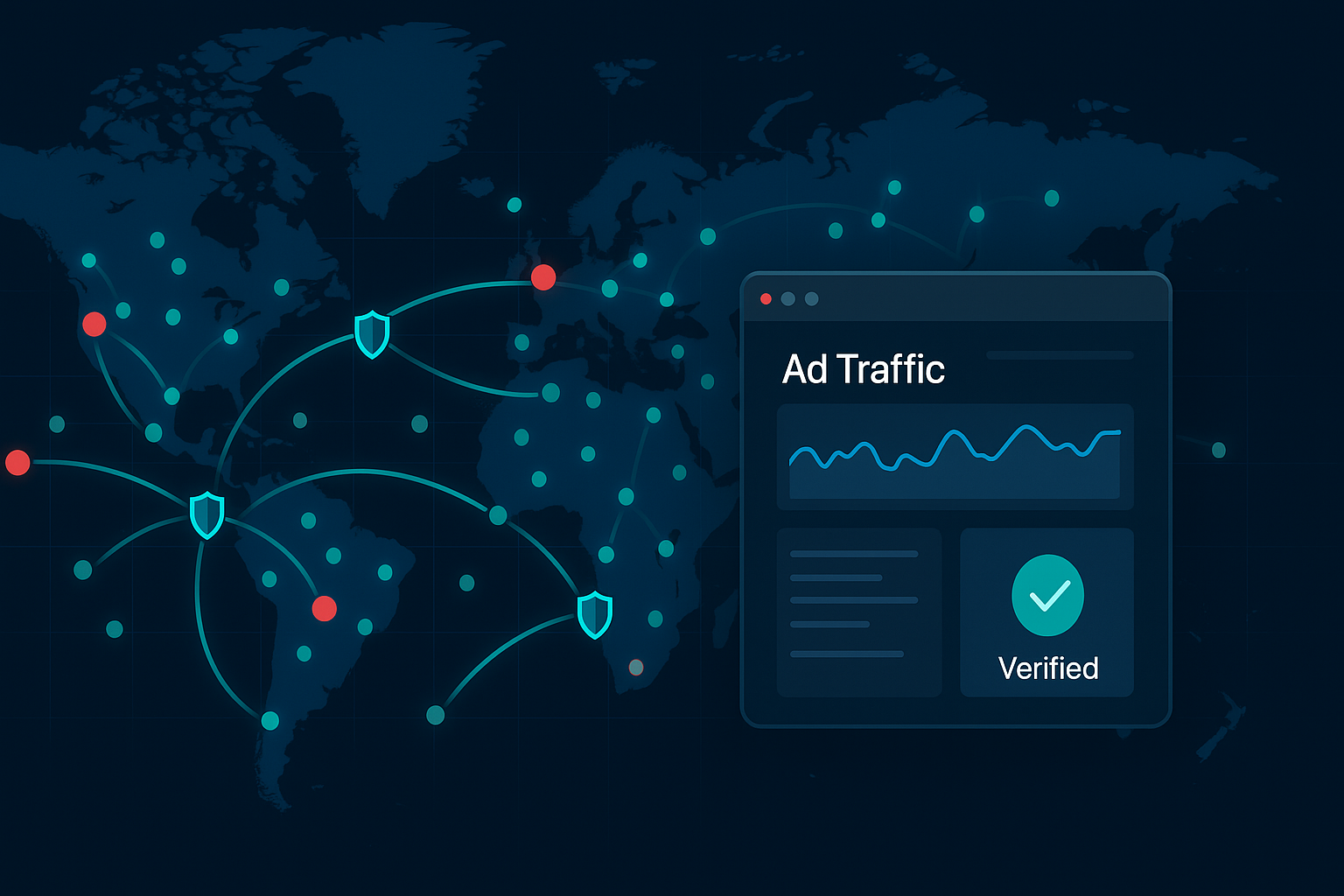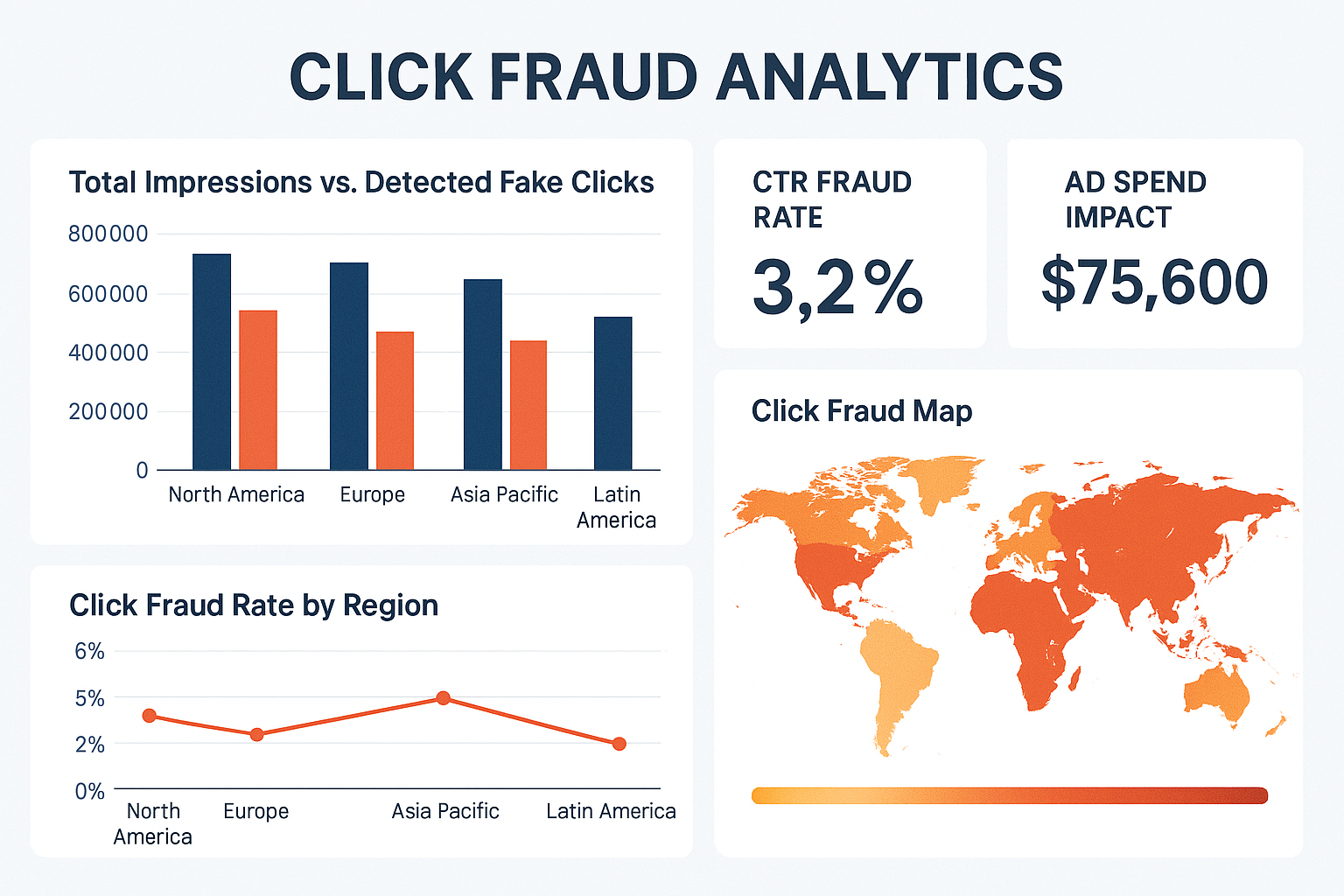Introduction to Smart Proxies and Ad Verification
Digital advertising has exploded over the past decade, but with that growth comes a darker side: fake traffic, bot clicks, and fraudulent impressions. Advertisers spend billions annually, only to have a portion of their budgets drained by non-human interactions.
That’s where smart proxies come into play—specifically, using a proxy for Ad Verification. These tools help ad networks, brands, and agencies verify that their ads are being shown to the right users, in the right geolocations, on the right devices.
In a world plagued by programmatic fraud and shady publishers, Ad Verification supported by proxies isn't just a strategy—it's a necessity.
Why You Need a Proxy for Ad Verification
Without proxies, verifying global ad placements is nearly impossible. Many advertisers can only see how ads appear in their local region. But ad fraud often occurs overseas, in hard-to-monitor environments.
A proxy for Ad Verification allows you to:
-
Simulate user behavior from specific IP addresses
-
Check if ads are being displayed in target countries
-
Detect click fraud, domain spoofing, and pixel stuffing
-
Avoid blacklisted IPs that publishers may block
Proxies allow advertisers to “see” the internet from multiple points of view, making it easier to spot discrepancies and malicious activity.
How Smart Proxies Work in Ad Monitoring
Smart proxies rotate IP addresses and dynamically adjust to anti-bot systems. This ensures smooth, uninterrupted access to websites for verification tasks.
For example, if your campaign is meant for users in France, your team can route verification requests through a residential proxy in Paris. This tricks the ad server into thinking the request is a real French user.
Key Features of Smart Proxies in Ad Verification:
-
IP Rotation: Avoid getting blocked during repeated checks.
-
Location Targeting: Simulate visits from specific regions or cities.
-
Session Persistence: Maintain consistent browsing behavior.
-
Scalability: Automate and expand checks for larger campaigns.
These features are essential for any ad ops team working across international markets.
Residential Proxy vs. Data Center Proxy: Which Is Better?
One major debate in the proxy world is whether to use residential proxies or data center proxies for ad verification.
| Feature |
Residential Proxy |
Data Center Proxy |
| IP Type |
Real users' devices |
Hosted servers |
| Detection Risk |
Low |
High |
| Speed |
Moderate |
Very Fast |
| Cost |
Higher |
Lower |
| Best Use |
Ad verification, geotargeting |
Scraping, bulk tasks |
Residential proxies offer the advantage of authenticity—they use real user IPs, making them extremely hard to detect or block. This is ideal for ad verification where stealth and accuracy are critical.
Common Proxy User Cases in Ad Verification
Understanding how brands use proxies day-to-day can help clarify their importance. Here are common proxy user cases in the advertising space:
-
Geolocation Testing
Companies test if their geo-targeted ads are visible only in the intended regions using region-specific proxies.
-
Creative Placement Verification
Advertisers verify that ad creatives (banners, videos) are rendering correctly and aren’t swapped by publishers.
-
Fraud Detection
Click farms, bots, and suspicious patterns can be identified when the same ad is clicked multiple times from suspicious IPs.
-
Competitive Intelligence
Using proxies, brands monitor competitor ads without revealing their identity or IP address.
Case Study: Detecting Fake Traffic with Proxies
A large digital agency noticed unusually high CTR (Click-Through Rates) from Southeast Asia, where they hadn’t targeted ads.
Action Taken:
-
Deployed smart proxies in Thailand, Vietnam, and the Philippines.
-
Verified that ads were showing on unrelated domains—some even adult content sites.
-
Reported findings to their ad network and received a partial refund.
Result: Proxies helped them identify and eliminate fake traffic sources quickly, saving thousands in ad spend.
Comparing Smart Proxy Solutions (Comparison Sheet)
| Provider |
Proxy Type |
Geo Coverage |
Specialization |
Price Range |
| Croxy |
Residential, Rotating |
190+ countries |
Ad Verification, Data Collection |
$$ |
| Oxylabs |
Residential |
180+ countries |
Market research, Ads |
$$$ |
| Smartproxy |
Rotating Residential |
195+ countries |
Ads, Sneaker Bots, SEO |
$$ |
| CroxyProxy |
Mixed |
Global |
Anonymous Browsing, Ads |
$ |
Tip: For advanced ad verification, look for providers that offer sticky sessions and precise location targeting.
Best Practices for Using Proxies in Ad Verification
To get the most out of your proxy setup:
-
Choose residential IPs when checking creative placements.
-
Rotate IPs to avoid detection during bulk checks.
-
Use automation tools like Puppeteer or Selenium for repeated checks.
-
Track and log all verification activity for auditing.
-
Combine proxies with analytics tools to detect fraud patterns faster.
Recommended Tools and Reputable Providers
To elevate your Ad Verification game, consider integrating these tools:
Final Thoughts
In the era of programmatic advertising, trust and transparency are paramount. Using a proxy for Ad Verification isn’t just a technical upgrade—it’s an essential defense against fraud, budget waste, and reputational damage.
Whether you're a small ad agency or a multinational brand, proxies give you the visibility and control needed to optimize ad campaigns effectively.
By implementing smart proxy solutions, leveraging residential proxy technology, and understanding each proxy user case, you’re not just watching ads—you’re protecting your investment.
Ready to take control of your ad traffic and eliminate fraud for good?
Don’t let fake traffic steal your budget. Use smart proxies and verify with confidence.

